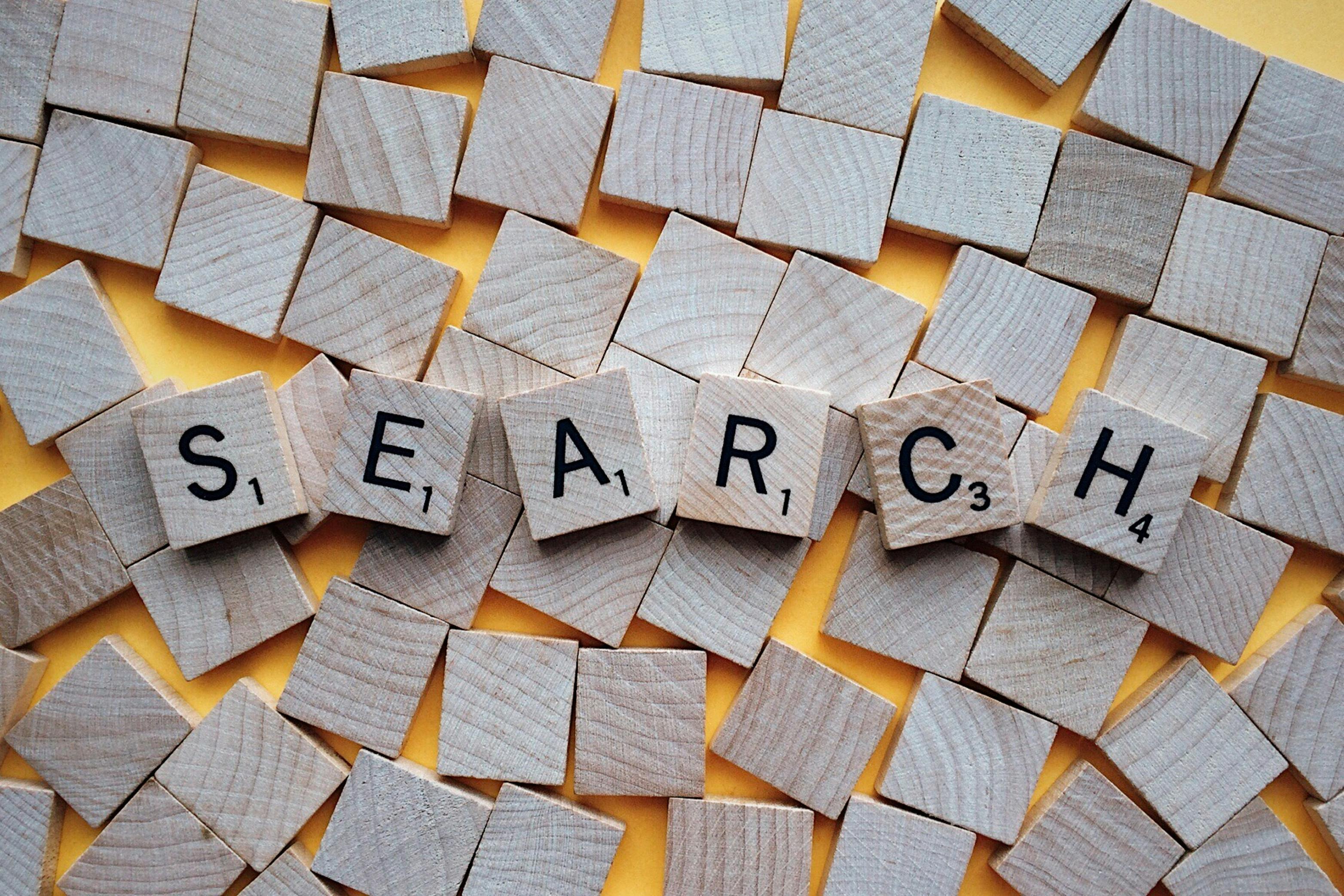


Check out our Keywords tutorial for more information!
Keywords are simple words or phrases that sum up your topic, and can usually be pulled from your research question.
Simply eliminate those words and concepts that have no meaning, when on their own (How, does, the, etc.), and you're usually left with 2-3 good keywords to use in your research.
To find information on a topic, you would use one or more of your keywords to search for sources (books, media, articles, etc.) in the library's online catalog or databases.

The library has a large number of research databases, but it's important to know which one will work best for your needs (see a complete list of Music databases).
Not all databases contain journal articles, and some are more appropriate for this course than others.
Because you are exploring both music and society, it will be important to look in a variety of sources to find the information you need.
Below are a few recommended databases to begin your research:
Remember: You can access the databases from off campus using your WPUNJ username and password!
While most Library databases contain articles and text, some provide audio and video content that you can explore!
There are two main types of publications that produce articles. While most academic research requires that you use Scholarly Articles, sometimes Popular Articles are acceptable. Always check your assignment to be sure!
| Popular Articles | Scholarly Articles |
| Usually found in magazines, newspapers, or trade publications | Usually found in journals |
| Tend to be short | Often quite long |
| Often include pictures and/or advertisements | May contain charts, graphs, or diagrams |
| Sources not always shown | Research-based |
| Written for a general audience | Written for scholars, researchers, or students in that field |